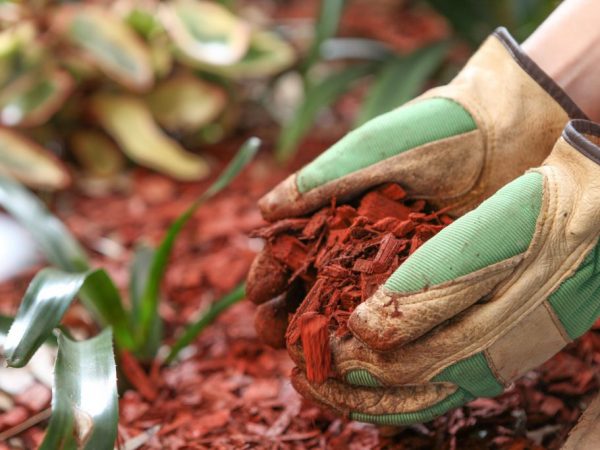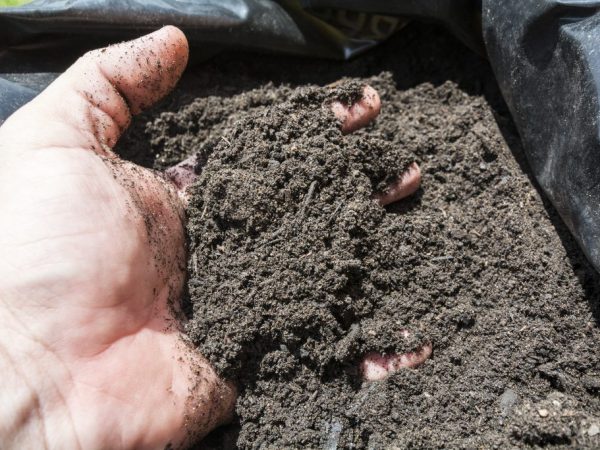The principle of growing potatoes according to the Kartelev method
Potatoes are one of the most popular vegetable crops around the world. Experienced gardeners have their own secrets of how to get a rich and high-quality harvest. Professional agronomist Vladimir Ivanovich Kartelev reveals several unique growth methods that allow you to collect a lot of fruits, regardless of climatic conditions. Growing potatoes according to the Kartelev method - what does the Tver scientist offer?

The principle of growing potatoes according to the Kartelev method
Features of the method
The methods of Vladimir Ivanovich Kartelev are based on organic mulching, which makes it possible to provide the soil with protection and increase its fertility. At Kartelev himself, the collection from 1 hectare is equal to 600 kg of potatoes with large marketable fruits.
Before the onset of cold weather, the garden is covered with a twenty-centimeter layer of mulch. The grass is processed by a manual mower and, mowed, lies on the ground for two days. After the expiration date, the grass is collected in heaps and dried for some time, after which it is tamped into a dry and dark place. This will be an excellent organic soil material.
Instead of grass, you can use straw, dry hay, sawdust, fallen leaves, but Vladimir Ivanovich insists on choosing it, because, in his opinion, herbal fertilizer is the most effective. It provides the soil with all the necessary elements, saturates it with moisture and protects it from weeds.
You can use almost any herbaceous plants: dandelions, clover, sedge and others. Just remember to cut their roots. But Vladimir Ivanovich does not advise to get involved in the off-season digging of the soil - its too frequent cultivation violates the soil structure. Another secret of Kartelev is the use of Baikal E1 bait.
Growing options
The agronomist presents to the attention of gardeners 6 easy, but effective ways of growing potatoes, united by a common principle. According to the Kartelev system, the plant survives on its own, without human help.
Zero method
This method does not require the use of fertilizers and mulch, and you do not have to dig up the soil either. But hilling is mandatory.
Before starting work, preliminary processing of the site is carried out, including weeding from weeds: if necessary, use a hoe. On a field ready for sowing, a thick cord is pulled every 70-75 cm. A hollow is cut along it, into which potato tubers and beans are alternately laid out. It is advisable to feed the seedlings with fertilizers from ash and humus - one and a half buckets per 1 hundred square meters. From above, everything is covered with soil in such a way that the middle of the embankment falls on the laid out tubers. An ordinary rake can be used as a tool. The rows should be even and symmetrical.
Dung-trench method
Used when the farmer has fertilizer but no mulch.Excavation of the garden is not necessary. Hilling is desirable. The method is suitable for most fruit crops. After uprooting the weed and cleaning the site, a dense rope is pulled every 70 cm, as in the first method, small holes are dug along its length for the depth and width of the shovel. Further, according to a similar first scheme, potatoes and beans are laid out in the form of a roller, symmetrically. But! Only 30% of the garden is cultivated - less than one third. The remaining 70% remain unopened.
Mulching

Ready soil
The soil is not dug up, hilling is required. When using this method, a fertile harvest is guaranteed with the absence of Colorado beetles and without a tendency to diseases such as late blight. Suitable for dry, low, heavy soils.
On a plot mulched in a 20-centimeter layer, a cord is pulled through zones of 70 cm, earth is poured onto it. With the help of a stake, holes are formed for potatoes and beans, which are filled with organic matter and formed into even rows.
Most simple method
This technique is called lazy, since there is no need to carry out any excavation or hilling. At the same time, the immunity of sowing is strengthened, fertility increases. Suitable for high areas with light soils.
The scheme of actions is identical to the first, only in addition, an additional layer of mulch of 30-35 cm is required.
Alternation method
This method combines organic fertilization with mulching. Actions take place according to the type of the second, third and fourth methods in turn - on the whole garden or on a part of it.
Manure trench using mulch
Organic matter is required, hilling is not. Digging 30% of the garden. You need to act as in method number 2. Also, an additional layer of soil of 30 cm is laid. Before hilling, it is necessary to recoil with a shovel to its depth and the width of the row spacing. Then - again mulching with a layer of 15 cm.
Potato care
One of the main principles of Kortelev's method is the absence of care as such. What does a plant need and what not to do?
- There is no need for watering. Potatoes are fed with rain moisture.
- Hilling is not essential in conditions with paved grass and unplowed soil.
- The use of the unique preparation Baikal E1 will serve not only to treat and fertilize seeds before and during planting, but also to accelerate the growth of seedlings, increase yields and protect against fungal diseases and insect pests.
Conclusion
As you can see, the technology of growing potatoes according to the method of Vladimir Ivanovich Kartelev is based on the natural method of natural growth. Without the use of chemicals that are harmful to the plant, without much hassle, it is possible to really get a high-quality and quantitative potato crop.


